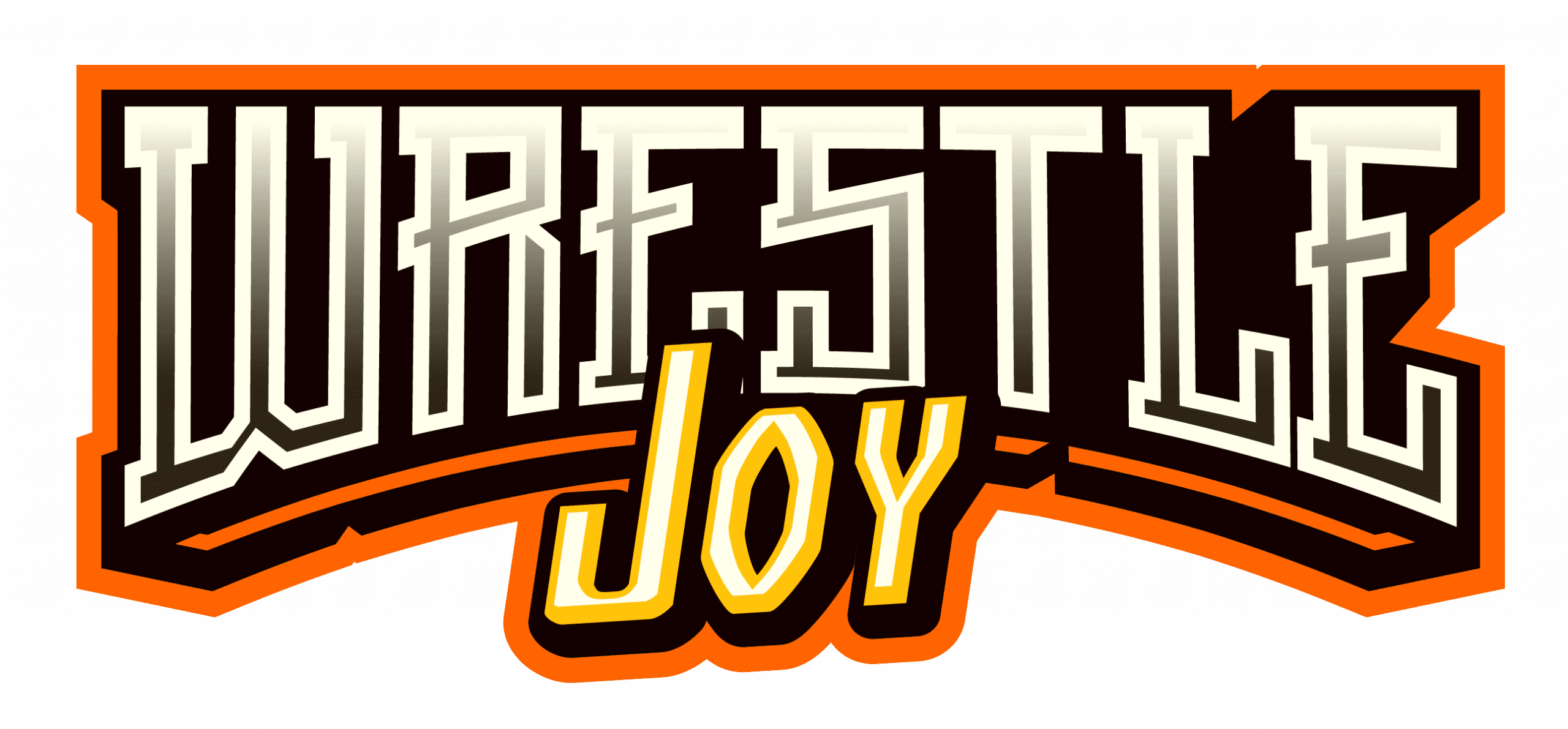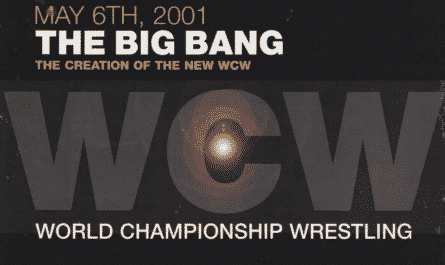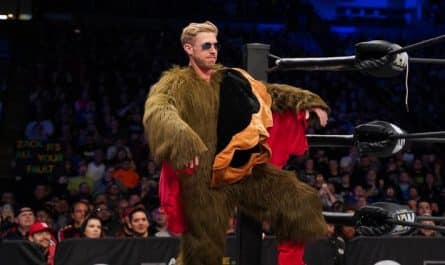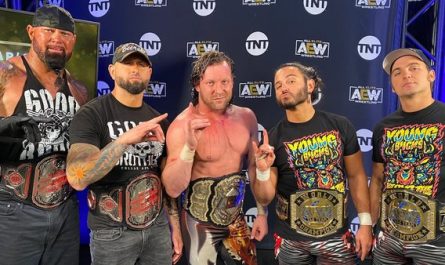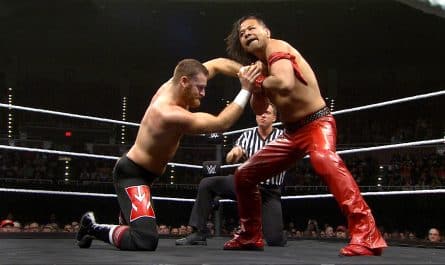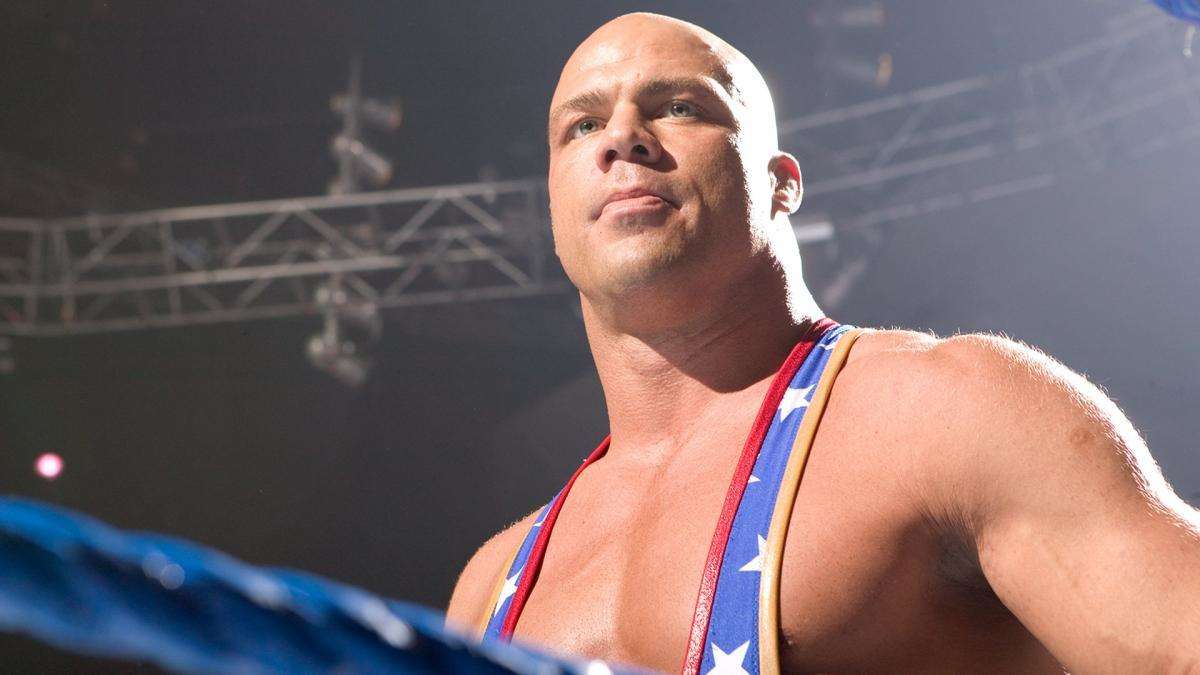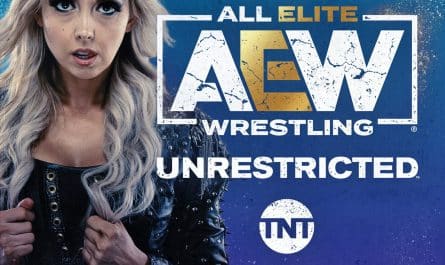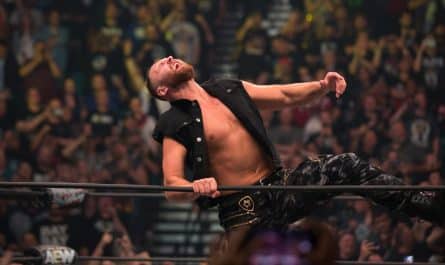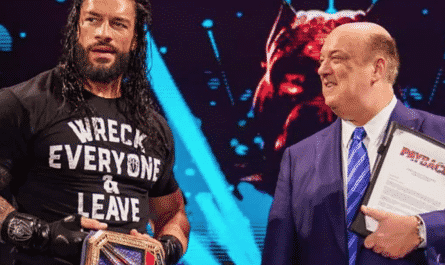Japanese wrestling is more popular in the US than ever before. Scrolling through Wrestling Twitter, one can find multiple posts on DragonGate’s Shun Skywalker and Ben K, Noah’s Go Shiozaki, All Japan’s Kento Miyahara, the general insanity of DDT, Yuka Sakazaki of Tokyo Joshi Pro, or Kota Ibushi’s quest to become god. Never has such a vast array of wrestling from a different country been so readily available. Though there has always been an interest from a section of the fanbase, there was a time when watching matches from Japan was only possible through tape trading. For the vast majority of Gen X and Millennial-aged fans, their interest in wrestling from the far east started with the arrival of one man to WCW in the late-80s: Keiji Muto, the Great Muta.
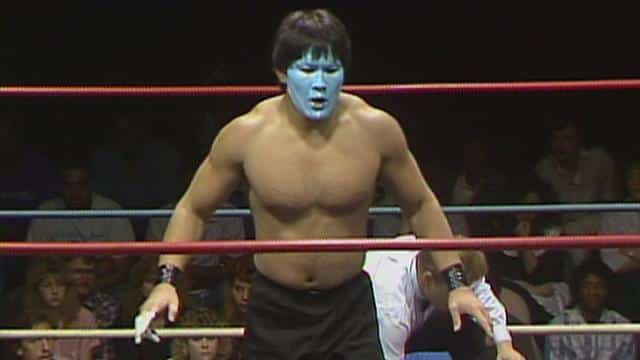
Throughout the 1980s, promoters from across the country followed Vince McMahon’s lead and geared their product to appeal to young viewers. When the Turner corporation placed Jim Herd in charge of WCW, he wanted to follow suit, even if it ran contrary to what had worked for the company before. On top of Herd’s desire to change direction, the company faced an exodus of talent in 1988 and early 89. Arn Anderson, Tully Blanchard, Barry Windham (3/4 of the Four Horseman), Bam Bam Bigelow, JJ Dillon, and even Dusty Rhodes all left the former Crockett company. WCW needed to revitalize its product in 1989.
Though it might not have been a financially successful year for the company, 1989 has been looked back on fondly by wrestling critics and fans. To stem the losses, Turner brought in Ricky The Dragon Steamboat and Terry Funk to challenge NWA World Champion Ric Flair. At the same time, the company moved to grow the stock of their homebred stars. As Flair turned from vile Horseman leader to babyface champion, Lex Luger shifted into a heel persona with his US title. Meanwhile, WCW put all their force into making Sting into their top star for the next decade.
Young, charismatic, athletic, with a fantastic look, Sting had everything needed to be a superstar on TBS. Where the company struggled was programming opponents for the Stinger. Sting burst onto the scene after an amazing time-limit draw with Flair at the first Clash of Champions a year earlier. However, the company wasn’t ready with a proper follow-up feud. In late ’88, Sting team with Dusty Rhodes to challenge the Road Warriors at Starrcade. The angle, which led to Rhodes leaving the company, didn’t work, as fans had no interest in booing the Warriors. WCW needed to create an opponent for Sting, a dark version of him.
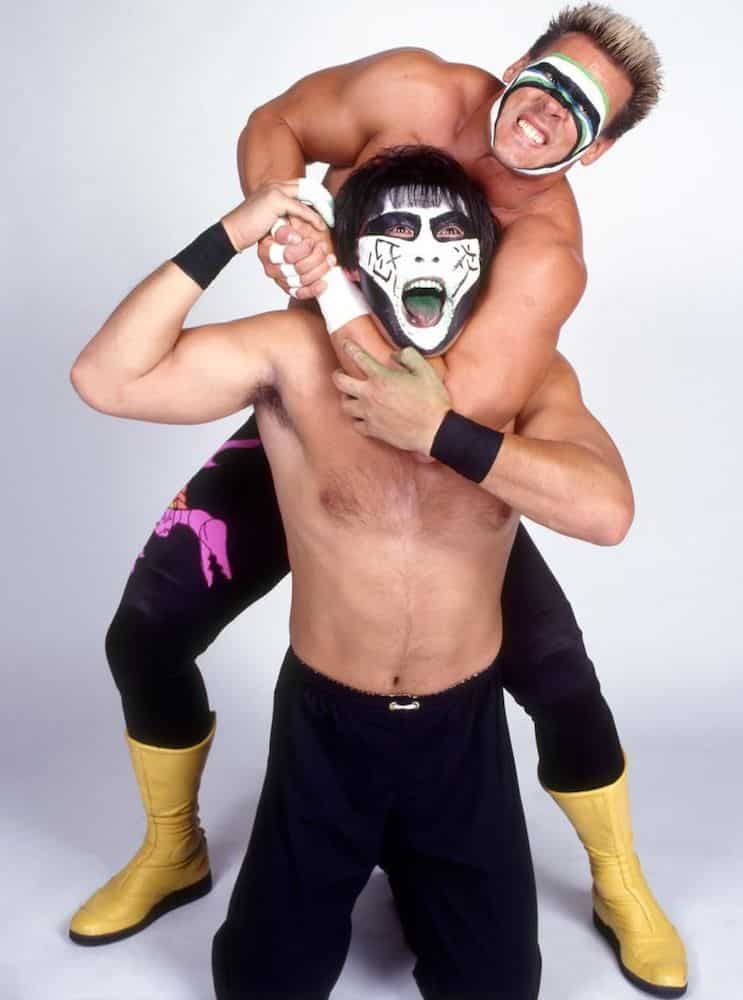
When Gary Hart returned to the promotion in March of 1989, he didn’t come alone. On the March 18th edition of World Championship Wrestling, Hart comes to the interview desk accompanied by Hiro Matsuda, and a strange masked man fans hadn’t seen before. Matsuda, a retired Japanese wrestler who trained Hulk Hogan and Lex Luger early in their careers, had been a fixture on WCW programming at the time.
After JJ Dillon left the company, the storyline said that Matsuda, representing the “Yamazaki Corporation,” had purchased Horseman Flair and Windham’s contracts. Kendall Windham, Butch Reed, and Michael Hayes eventually joined the Yamazaki Corporation. The storyline played on Nationalist fears of Japanese conglomerations buying American companies and fundamentally changing them in ways deemed “UnAmerican.” The film Gung Ho by Ron Howard, takes a humorous look at the phenomenon. The angle, which played on admittedly racist ideals, never took off. This was one of Matsuda’s final appearances in the role.
After the interview with Jim Ross, Hart and Matsuda led the masked assassin to the ring to wrestle enhancement talent, Cougar Jay. The man removed his hood, revealing a painted face and the moniker of The Great Muta. Keiji Muto, a successful judo player and standout at the New Japan Dojo who’d also trained under Matsuda, had success in earlier excursions to the US. As the White Ninja, Muto wowed fans in the Florida territory, winning the Florida Heavyweight title. Muto returned to New Japan as the Space Lone Wolf, siding with Antonio Inoki in the first New Japan/UWF war. Muto returned to the US in World Class Championship Wrestling, teaming with Kazuo Sakurada, under the Kendo Nagasaki gimmick, as the Super Black Ninja.
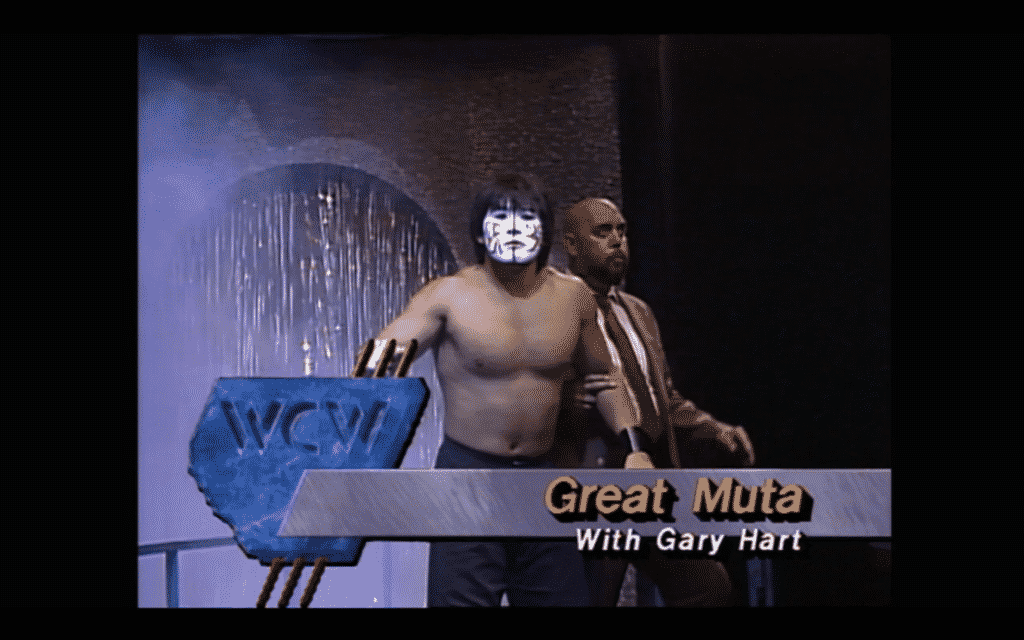
Hart reimagined Muto as a take on The Great Kabuki, a man he managed in Texas. Muto added the headdress and mannerisms of Kabuki while creating his own face-paint patterns. Hart would later claim Muto was the son of the original Kabuki before revealing that Muta could also spray the dreaded Asian mist. The gimmick’s basis came from long-abused troupes about Japanese, but Muta reshaped them into something different.
As The Great Muta, he was vicious and cruel to opponents. He moved with a pace and frenetic energy unlike anything in mainstream wrestling in the US. The handspring elbow into the corner, the slingshot body press, the kinetic elbow drop, and of course the move that made Muta made famous; the Moonsault were all so unique and different from what US fans were used to watching. Especially compared to a talent depleted WCW roster, the Great Muta was special.
The WCW booking committee handled the early Muta run well. He mauled undercard opponents, sometimes two at a time, with a chaotic poetry of motion that fans found hard to boo. The Muta/Hart act was so successful that it became the heel faction in WCW. Hart added Terry Funk, Buzz Sawyer, Dick Slater, and Sakurada, now called The Dragonmaster, to his J-Tex Corporation.
In the summer of 1989, Muta challenged Sting for the NWA World Television title at the Great American Bash pay-per-view. Sting had finally found his perfect rival. Muta was a dark funhouse version of the Stinger, but more athletic and dangerous. Despite its admittedly terrible finish, the Sting/Muta feud was off to a hot start. When Muta interfered in Flair and Terry Funk’s main event match, Sting followed and saved his former rival. By association with Flair and Funk, Sting and Muta was a main event act.
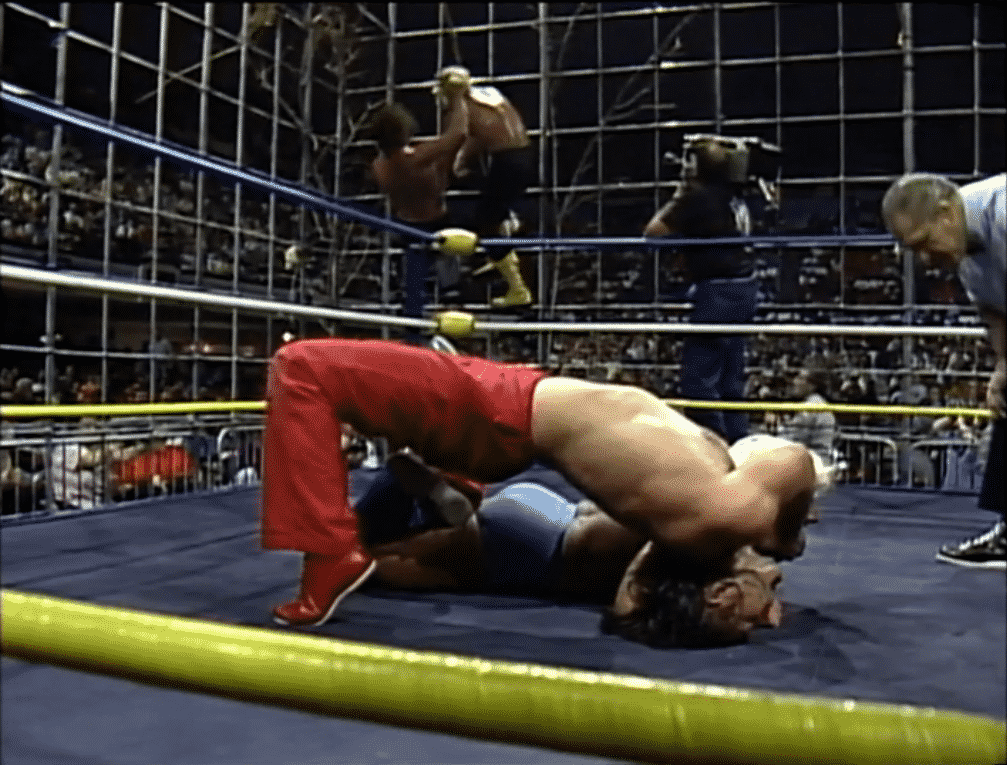
The Sting/Muta rivalry culminated at Halloween Havoc 89. Sting teamed with Flair and Muta with Funk in the original Thunderdome, a predecessor to Hell in a Cell. The bout, refereed by Bruno Sammartino, was convoluted. The match could only end when either Hart or Ole Anderson threw in the towel for their respective teams. In a moment of true badassery, one of the props hanging from the top of the “electrified” Thunderdome caught fire. The quick-thinking Muto scaled to the top of the Thunderdome and extinguished the fire with his mist. The match ended in typically contrived fashion, as Anderson punched Hart, who accidentally flung his towel at Sammartino. After Havoc, things for Muta slowed down creatively.
Though still the NWA Television Champion, Muta went 0-4 in the Starrcade Future Shock tournament. Behind the scenes, the creative forces in WCW struggled to figure out a direction for Muta. Both Jim Ross and Jim Cornette have spoken of the internal debate to turn Muta babyface and even going as far as to make him NWA Champion. Muta and Hart turned down those offers. By the time Ole Anderson took control of booking, he had transitioned away from J-Tex as a main event heel group in favor of a returning Four Horsemen. Muta lost the NWA Television title to Arn Anderson in January. Muta left WCW after the February Clash of Champions.
The Great Muta was only a fixture in WCW for less than a year but made such an indelible impression that on his subsequent returns, fans erupted at his presence. Such was the case at Starrcade 92 when Muta closed the show after winning the Battlebowl title. Keiji Muto would return to New Japan, bringing the Great Muta character with him. In later years, Muto would use his Muta persona as a devil-faced alter ego, similar to Finn Balor’s Demon.
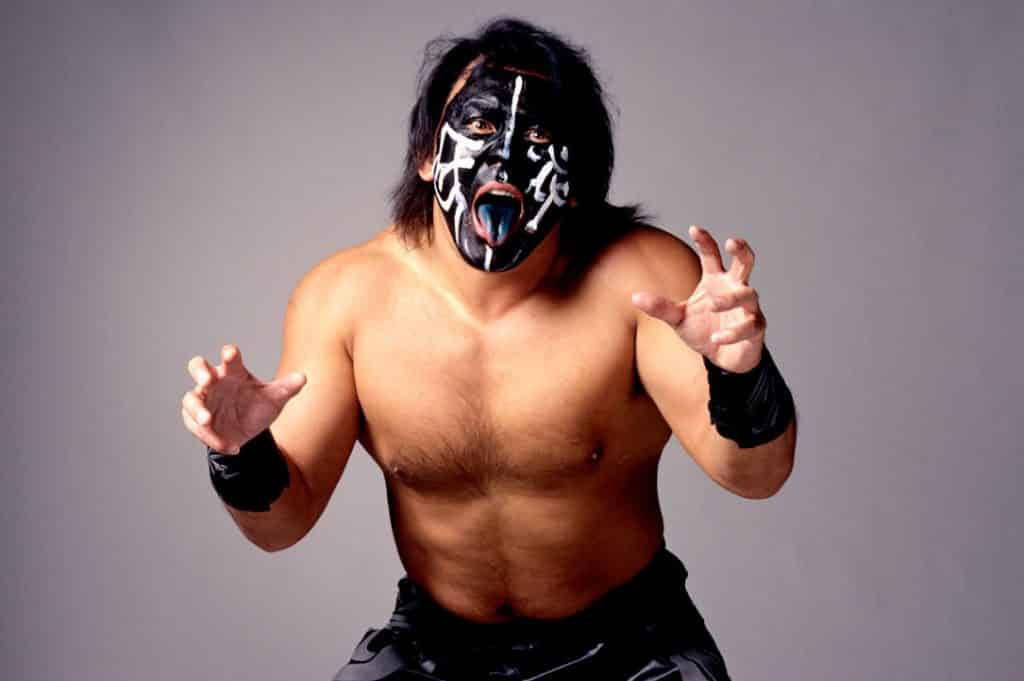
The Great Muta’s 1989 run strengthened ties between WCW and New Japan. The two promotions would often swap talent. Muta’s position in WCW allowed other Japanese talents to come into the US with an aura. Masahiro Chono, Kensuke Sasaki, and Jushin Thunder Liger all played major roles in WCW throughout the early-90s. The WWF tried to create their versions of the Muta character in Kwang and Hakushi (Jinsei Shinzaki). ECW’s TAJIRI owed much of his character work to the Great Muta.
Later in the decade, with the Cruiserweight division’s prominence, NJPW Juniors found success on Monday Nitro. Shinjiro Otani, Ultimo Dragon, Eddie Guerrero, and Dean Malenko were all brought into WCW on their New Japan reputation. Even today, Kazuchika Okada, Hiroshi Tanahashi, AJ Styles, and Kenny Omega were able to become superstars in the US because of their success in New Japan.
The lasting result of WCW’s relationship with New Japan is the latter company’s modern-day US fandom. The Great Muta made Japanese wrestling cool to young American eyes. Keiji Muto wasn’t the first Japanese Pro Wrestler to take an excursion trip to the US. However, his talent and character work with The Great Muta allowed him to become a cable television star in an era when WCW desperately needed new stars.
